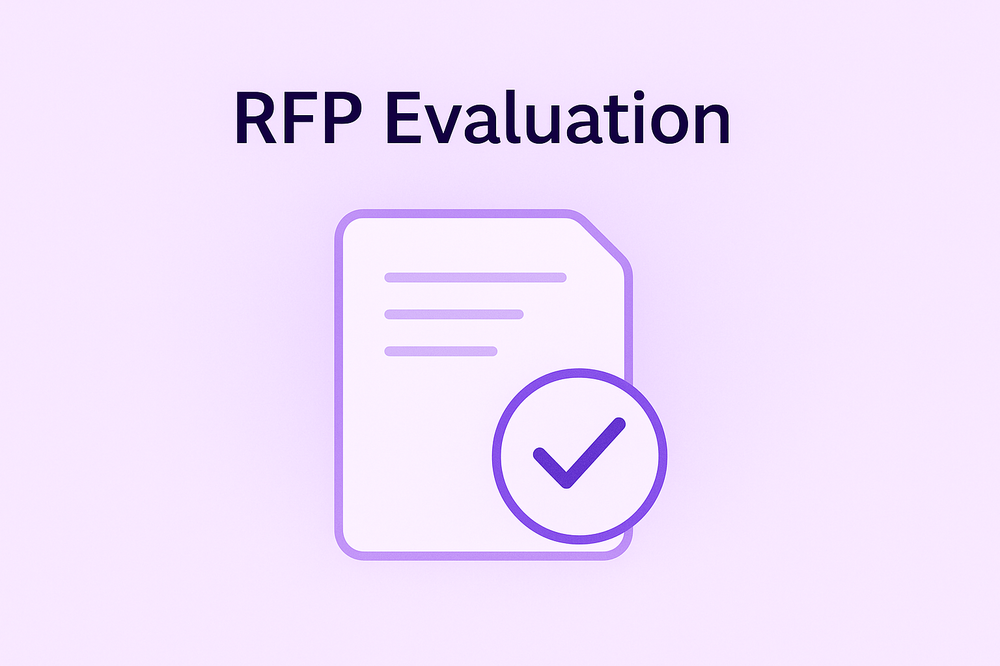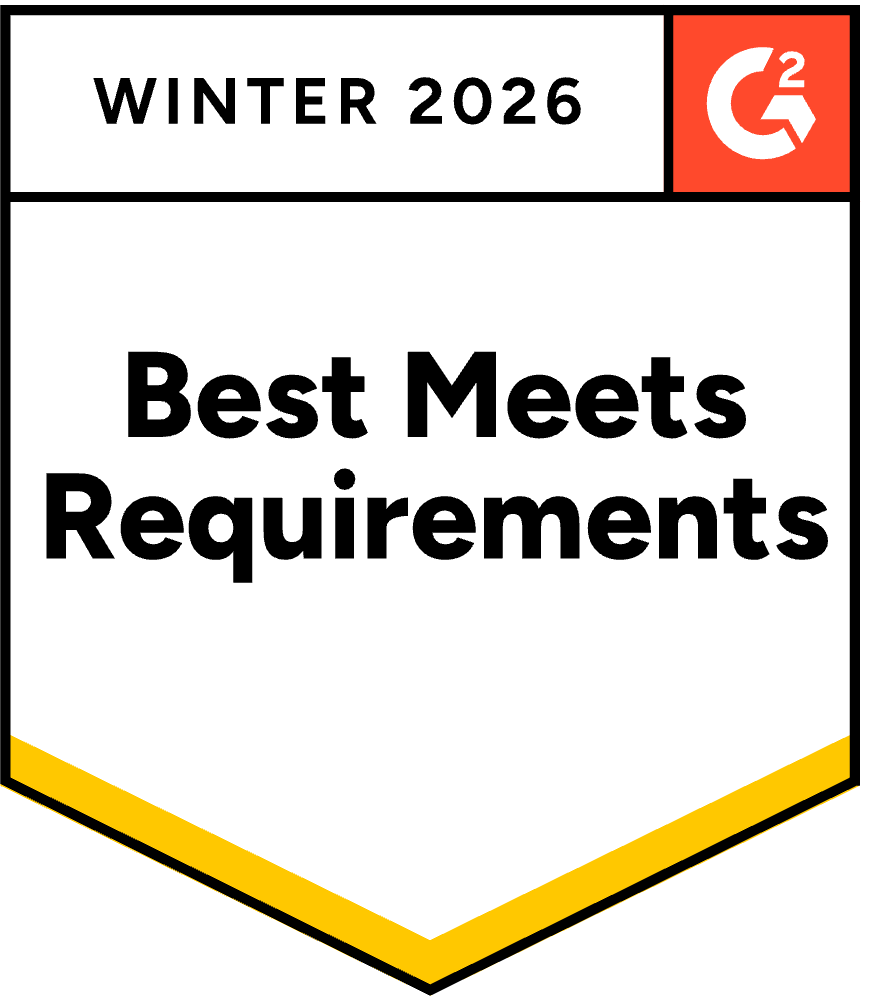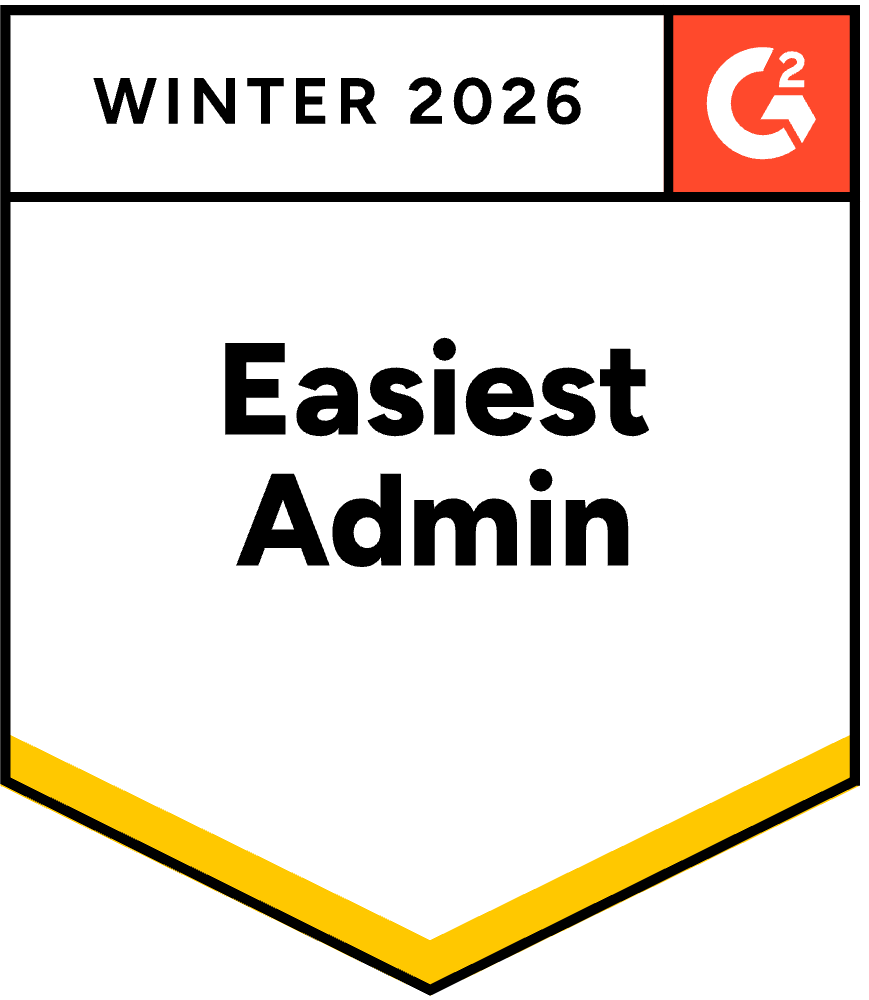RFP Evaluation Process & Criteria

What Is RFP Evaluation?
RFP evaluation is the process organizations use to analyze, score, and compare vendor proposals received in response to a Request for Proposal (RFP). The goal is to identify the supplier that provides the best balance of cost, quality, compliance, and value.
This stage comes after vendors submit their RFP responses and before the final contract is awarded. A strong evaluation process ensures fair competition, transparency, and alignment with business objectives.
Key Steps in the RFP Evaluation Process
- Establish Evaluation Criteria
Before reviewing proposals, teams define how each response will be scored. Common evaluation criteria include price, experience, technical capability, and compliance with requirements. - Assign Scoring Weights
Not all factors carry equal importance. For example, a government agency might prioritize compliance, while a software company may weigh innovation and integration capabilities more heavily. - Form an Evaluation Committee
This cross-functional team—often including procurement, legal, and technical experts—reviews all submissions objectively using a proposal evaluation matrix. - Score and Compare Vendors
Each proposal is scored against the pre-defined criteria. Many organizations now use RFP automation platforms like Iris to streamline this process and reduce bias. - Select and Justify the Winning Proposal
After scoring, evaluators compile results, document the rationale for the decision, and proceed to contract negotiation.
Why RFP Evaluation Matters
A structured evaluation process ensures:
- Transparency: Vendors compete on equal footing, with clear scoring guidelines.
- Efficiency: Automated scoring reduces manual workload and decision delays.
- Accountability: Clear documentation supports audit readiness and compliance.
- Better Outcomes: Organizations choose vendors that deliver measurable long-term value.
Learn more about improving response accuracy in RFP automation for SaaS companies and security questionnaire automation.
Best Practices for Effective RFP Evaluation
- Use a standardized scoring matrix to ensure consistency.
- Involve multiple reviewers to reduce bias.
- Leverage automation to handle repetitive tasks and analyze large data sets.
- Document decisions clearly to support compliance audits.
For teams managing dozens of proposals, automation tools like Iris simplify the RFP evaluation process—offering AI-assisted scoring, collaboration dashboards, and automatic compliance checks.
Discover how Iris Pro streamlines RFP evaluation with built-in scoring workflows and analytics.
Frequently Asked Questions: RFP Evaluation
What is the main purpose of RFP evaluation?
RFP evaluation helps organizations identify the vendor that offers the best combination of cost, quality, compliance, and overall value. It ensures a fair, data-driven selection process that aligns with business goals and procurement standards.
Who should be involved in the RFP evaluation process?
An evaluation committee typically includes representatives from procurement, finance, legal, IT, and business or technical departments. This cross-functional team ensures well-rounded scoring and minimizes individual bias.
How are RFPs typically scored?
Each proposal is scored against pre-defined criteria—such as pricing, experience, compliance, and technical fit—using a weighted scoring matrix. The highest-scoring vendor usually advances to negotiation or award stages.
Can RFP evaluation be automated?
Yes. Platforms like Iris Pro offer automated RFP scoring, compliance tracking, and collaboration dashboards. This reduces manual effort, ensures consistency, and improves transparency across evaluators.
What are common mistakes in RFP evaluation?
Frequent issues include unclear criteria, lack of documentation, overemphasis on price, and inconsistent scoring among reviewers. Standardizing the process with templates and automation helps eliminate these pitfalls.
How can organizations ensure fairness and transparency?
Establish clear evaluation criteria before reviewing proposals, assign weights consistently, document rationale for every decision, and involve multiple reviewers to prevent bias. Using an audit-friendly system like Iris ensures compliance throughout the process.
Related Glossary Terms
- RFP (Request for Proposal)
- RFI (Request for Information)
- RFQ (Request for Quotation)
- RFP Response
- Proposal Evaluation Matrix
Explore Examples of Use Cases
- RFP Automation for Healthcare Companies
- RFP Automation for Financial Services
- RFP Automation for Government & Public Sector Teams
- RFP Automation for EdTech & Education Organizations
- RFP Automation for Real Estate & Construction Companies
- RFP Automation for Cybersecurity & IT Security Providers
- RFP Automation for SaaS Companies
- RFP Automation for Manufacturing & Industrial Companies
















